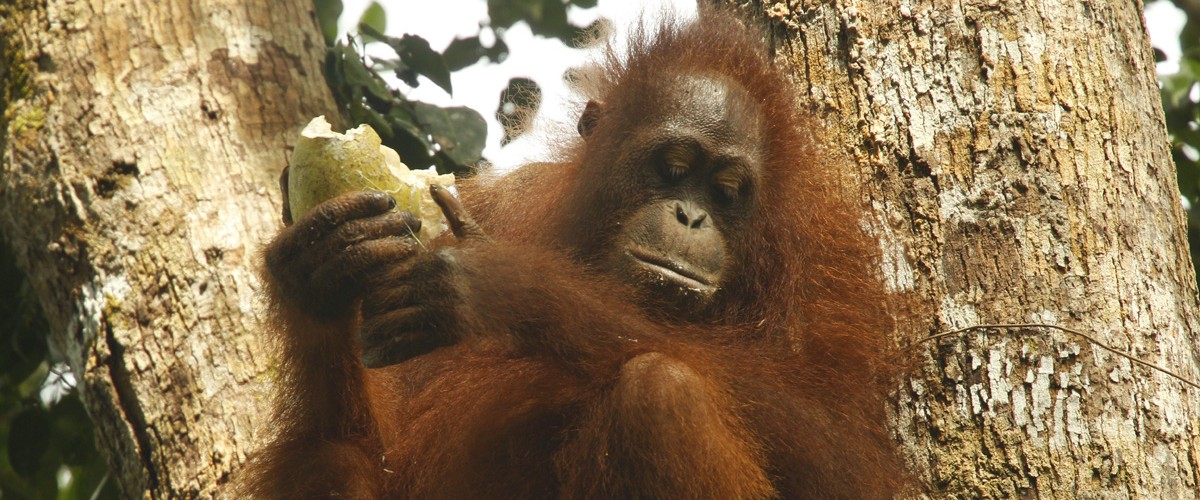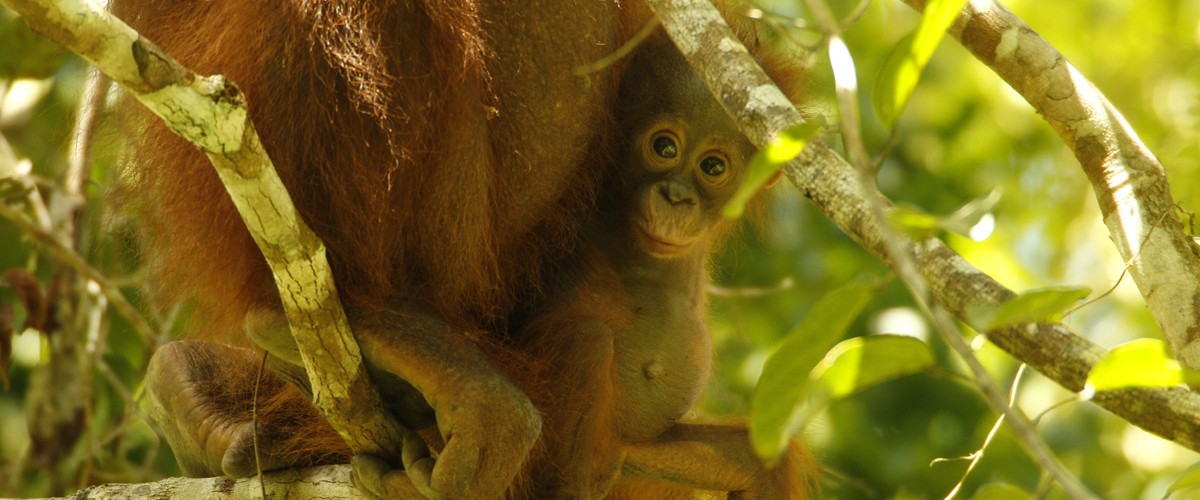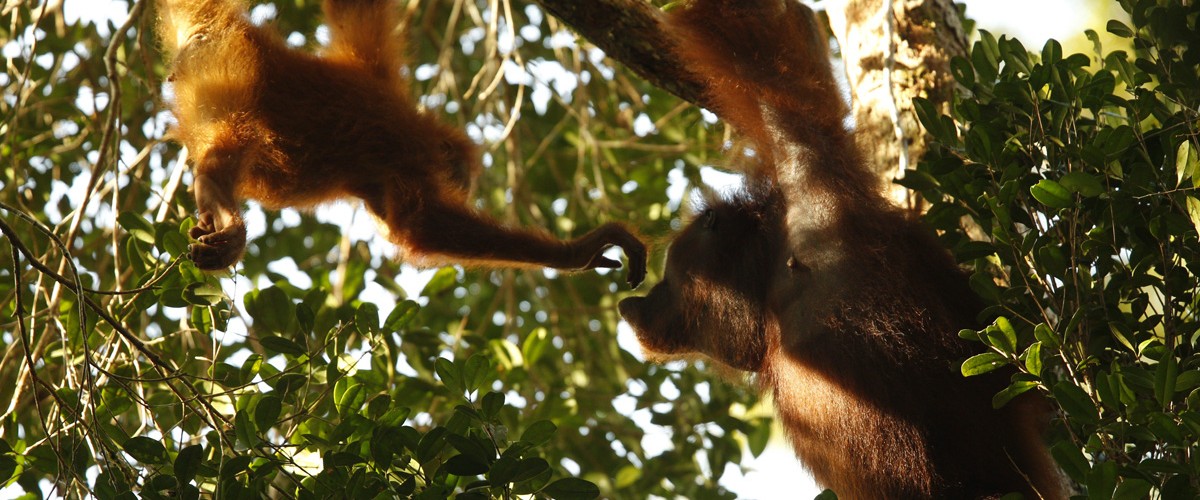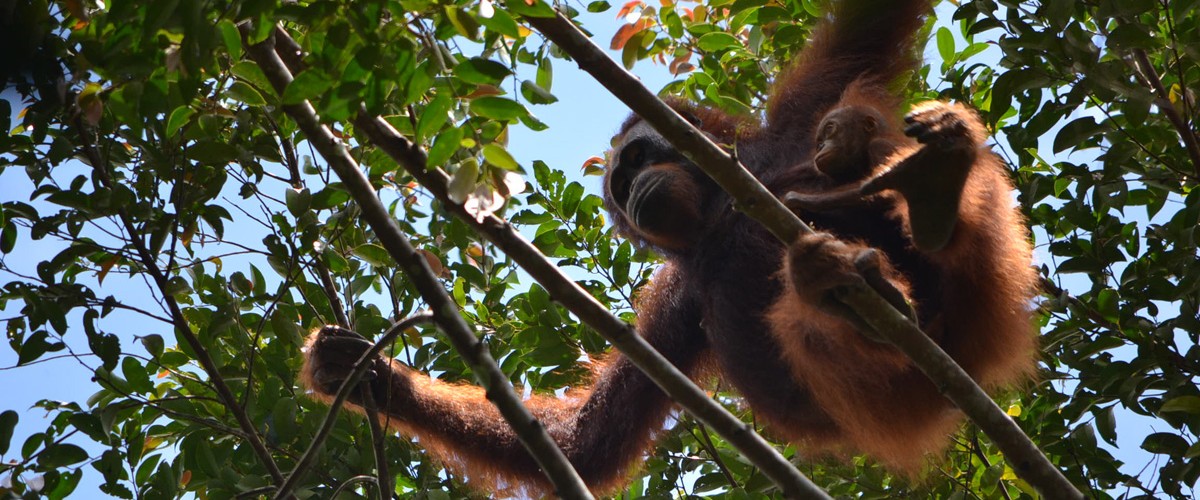By Cheryl D Knott, PhD and Natalie Robinson
Maybe you’re stuck at home this summer, or maybe you’re finally getting that beach vacation you’ve dreamed about since March 2020. If you’re looking for some good summer reading, we’ve curated a list of popular science books on conservation, human biology, evolution, and more. Many of these are written by our friends and colleagues and we’re excited to tell you about them!

Half-Earth: Our Planet’s Fight for Life by Edward O. Wilson (2016)
In Half-Earth, biologist E.O. Wilson makes the case for designating half of the Earth’s surface as a human-free natural reserve in order to preserve the world’s biodiversity. Wilson details actual regions of the world that can still be reclaimed such as the California redwood forest, the Amazon River basin and grasslands of the Serengeti. I assigned this book for the course I taught on Wildlife Conservation last semester at Boston University to inspire students to become invested in caring for our planet. Check out the Half-Earth website to learn more.

Burn: New Research Blows the Lid Off How We Really Burn Calories, Stay Healthy, and Lose Weight by Herman Pontzer, PhD (2021)
Each summer our lab group aims to read a book together and come together (this year via Zoom) to discuss a chapter or two each week. This summer, we’ve started Burn by Herman Pontzer, which explores human and primate metabolism and some surprising new research about food and exercise, and its relationship with the human body. Pontzer references research, both new and old, on the Hadza, a hunter-gatherer group, as well as humans in industrialized societies, captive and wild primates, and other mammals to compare and contrast our inner-workings. Orangutans stand out as the primate with the slowest metabolism!

Exercised: Why Something We Never Evolved to Do Is Healthy and Rewarding by Daniel E. Lieberman (2021)
Daniel Lieberman’s newest book, Exercised, challenges readers to reconsider the way we think about (voluntary) physical activity for our health, busting many myths along the way. Lieberman draws from his academic background in evolutionary biology and anthropology to provide a compelling argument for the relationship between exercise and selection for longevity in humans. As Lieberman argues, “many of the mechanisms that slow aging and extend life are turned on by physical activity, especially as we get older.” This book is sure to inspire you to stay active!

This is Your Mind on Plants by Michael Pollan (2021)
Michael Pollan, who’s written many bestsellers including The Omnivore’s Dilemma, In Defense of Food, and Cooked has a new book entitled This is Your Mind on Plants, which comes out on July 6th! Many of Pollan’s previous books have focused on food and the way we decide what to eat. Shifting focus, his new book explores the impact of mind-altering plants, the most intense of which he argues is caffeine, and the culture that surrounds these botanical drugs.

Darwin’s Sacred Cause: How a Hatred of Slavery Shaped Darwin’s Views on Human Evolution by Adrian Desmond and James Moore (2009)
Darwin’s Sacred Cause was our lab group’s summer 2020 read. Desmond and Moore tie together history, science and social justice issues to explain how Charles Darwin came to his now-famous understanding of evolution through natural selection. Darwin’s “Sacred Cause”, the authors argue, was his core belief in human racial unity and the existence of one common ancestor, and his commitment to the abolition of slavery.

The Malay Archipelago: The land of the orang-utan, and the bird of paradise. A narrative of travel, with studies of man and nature by Alfred Russel Wallace (1869)
For a deep dive into historical field biology in Borneo, check out Alfred Russel Wallace’s The Malay Archipelago. This 1869 book chronicles naturalist Alfred Russel Wallace’s scientific exploration from 1854-1862 across the Malay Archipelago, including Malaysia, Singapore and the islands of Indonesia. Wallace recounts his island visits, describing the geography, animals and plants throughout the region. In total, he travelled over 14,000 miles and collected 125,660 specimens of insects, mollusks, birds, mammals and reptiles. The book is available online for free under public domain here.

The Immortal Life of Henrietta Lacks by Rebecca Skloot (2010)
In The Immortal Life of Henrietta Lacks, author Rebecca Skloot tells the story of a then 31-year-old woman named Henrietta Lacks and the immortal cell line (HeLa) that was first stolen from her body during a treatment for cervical cancer in 1951. These cells were the first immortal human cells to grow in culture, and were essential to developing the polio vaccine and understanding countless other diseases. Cells even went up in the first space mission to experiment what would happen in zero gravity. Most recently, HeLa cells have been used to uncover crucial information about COVID-19. Skloot highlights the ethical issues of race and class in medical research, as well as lessons that can be learned about patients’ rights and informed consent.

The Goodness Paradox: The Strange Relationship Between Virtue and Violence in Human Evolution by Richard Wrangham (2019)
Biological Anthropologist and co-director of the Kibale Chimpanzee Project, Richard Wrangham, argues that humans have gone through a process of self-domestication in his book The Goodness Paradox. Wrangham explores what may have happened during human evolution to cause this paradox – that humans can be both the nicest of species and also the nastiest. He explains the evolutionary history of, and differences between, reactive aggression and proactive aggression.

Survival of the Friendliest: Understanding Our Origins and Rediscovering Our Common Humanity by Brian Hare and Vanessa Woods (2020)
In a similar vein, Brian Hare and Vanessa Woods expand on what they call this “self-domestication theory” writing about human’s unique friendliness within the animal kingdom. For most of the time that we Homo sapiens have existed, we’ve lived alongside at least four other types of humans (in the genus Homo). Yet, since about 50,000 years ago, we’ve been the only ones to persist. Hare and Wood argue this is thanks to our friendliness and ability to coordinate and communicate with others.

First Steps: How Upright Walking Made Us Human by Jeremy DeSilva (2021)
In this new book, Paleoanthropologist Jeremy DeSilva delves into the enigma of the human gait – we are the only mammals to walk on two, rather than four, legs. Logically, this makes us slower, but DeSilva explains that in reality, humans have experienced a tremendous gain by evolving to walk upright over the last 7 million years. He also explores how our upright posture may have helped to characterize our species, developing traits such as compassion, empathy and altruism. I look forward to reading this as I prepare to teach Introduction to Biological Anthropology in the fall!
Happy reading! Let us know if you get the chance to enjoy any of these books (or already have read some in the past!) and be sure to share your recommendations with us.









